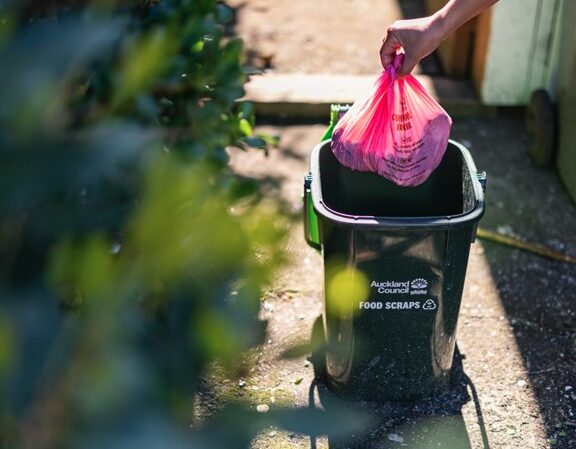More than 30,000 tonnes of food scraps contributed by Aucklanders since the food scraps collections began in April last year have been used to produce renewable energy and fertiliser, Auckland Council revealed today.
The Council says the city’s food scraps have created enough energy to provide renewable gas to 300,000 homes for a month. As of this month, this renewable energy is now being fed into the national gas pipeline for the first time in New Zealand, with Auckland’s food scraps generating enough renewable gas to regularly supply 18,000 homes.
Chair of the Policy and Planning Committee, Councillor Richard Hills says reaching the 30,000 tonnes milestone was one Aucklanders can feel proud of.
“Thank you to every Aucklander who is helping to keep food scraps out of landfill so they can be transformed into resources. In participating in the food scraps service, you are reducing our environmental impact and contributing to a sustainable future,” he said.
Auckland’s diverted food scraps have also created enough liquid fertiliser to be spread on nearly 100 km2 of productive land – the equivalent land size of 13,500 rugby fields.
“By participating in the food scraps service, Aucklanders have saved the equivalent of 19,600 tonnes of harmful greenhouse gas emissions from landfill. The effect is similar to taking approximately 6,000 cars off Auckland’s roads, or the equivalent of planting half a million trees,” said Cr Hills.
The food scraps are processed at New Zealand’s only anaerobic digestion facility, run by locally owned company, Ecogas, which converts the food scraps into biogas, electricity, heat and liquid fertiliser used by farmers and growers in the North Island.
Over 465,000 food scraps bins were delivered to Auckland homes, in the largest rollout of a collection service in Australasia.



